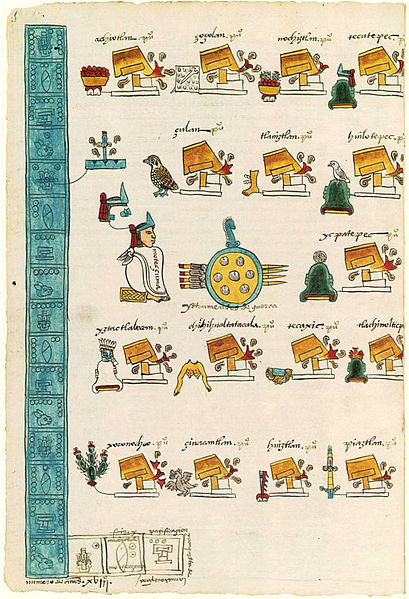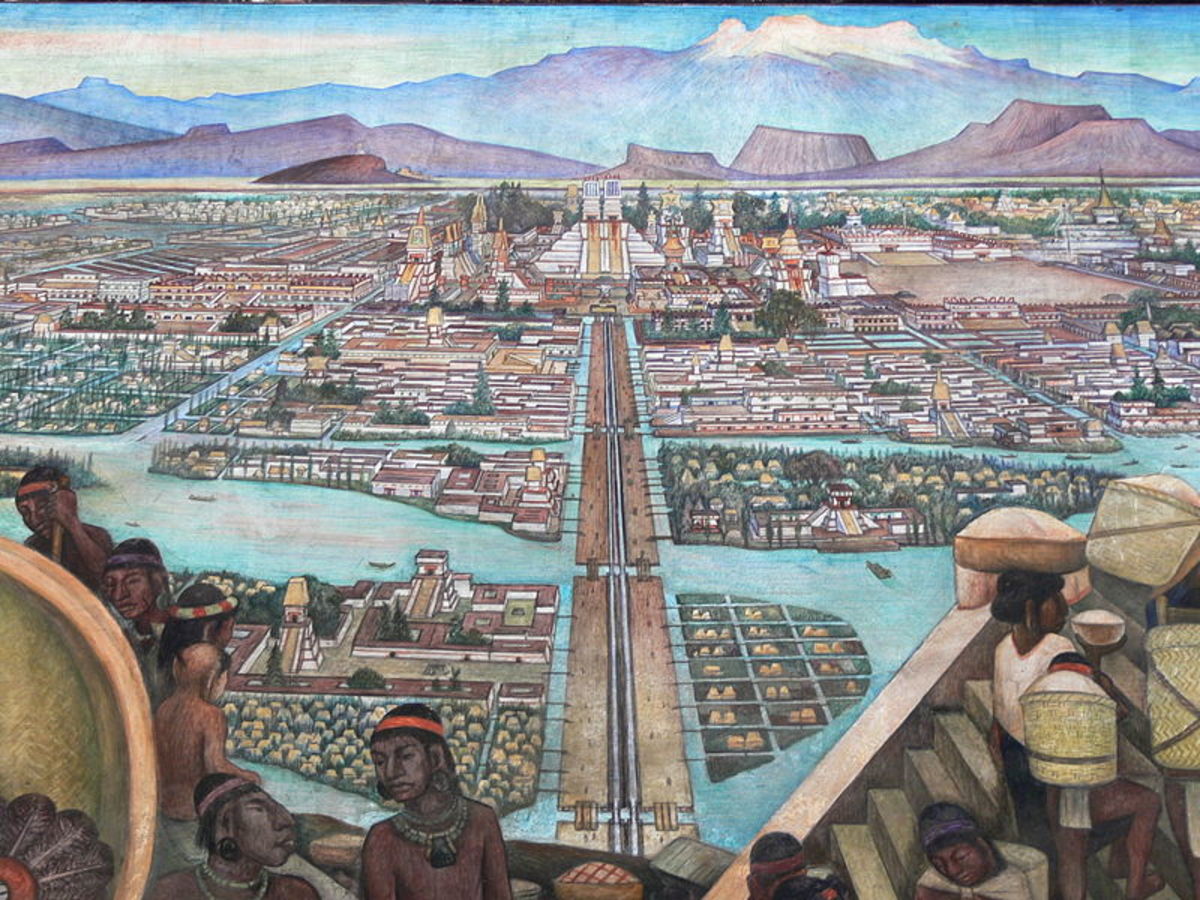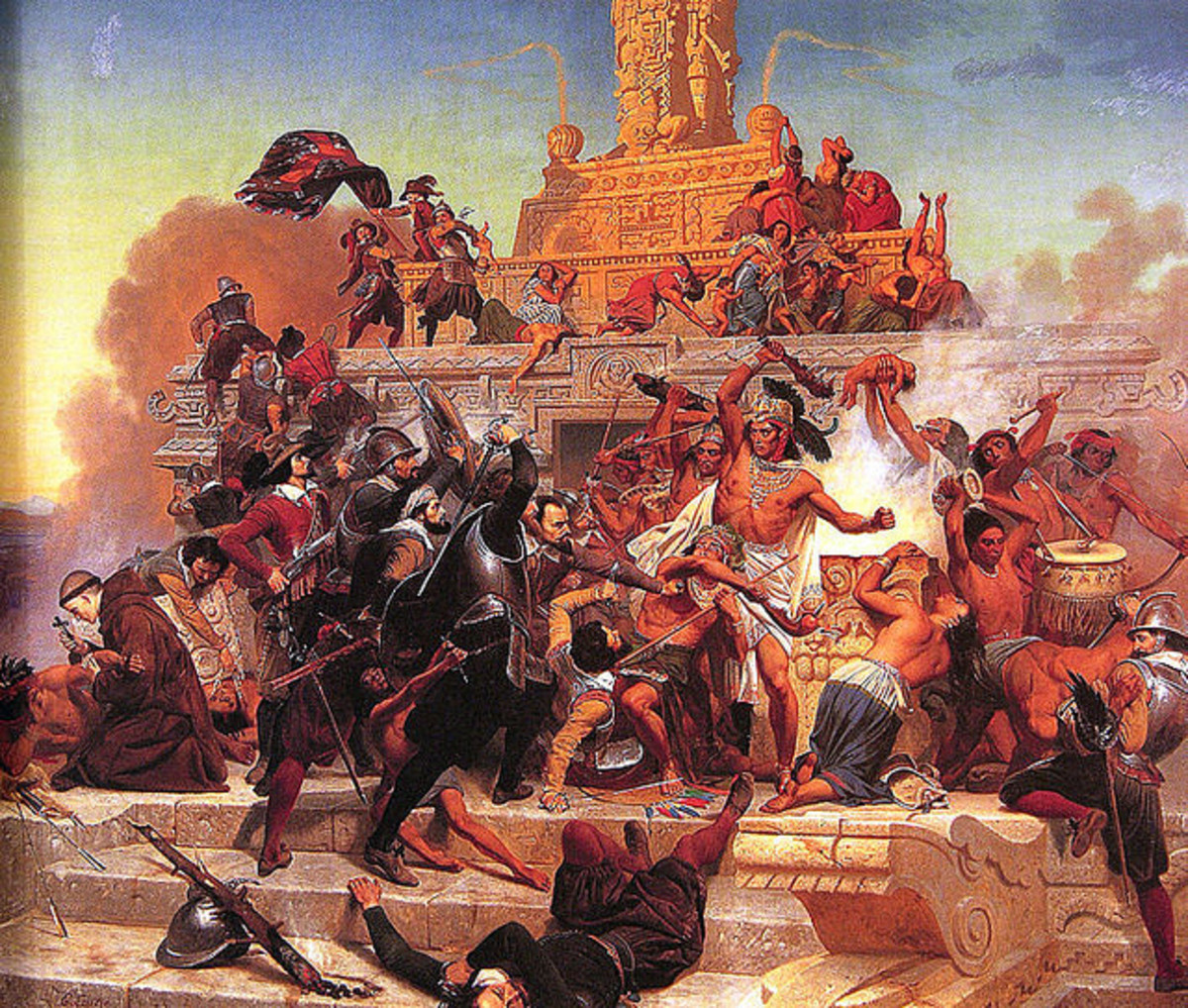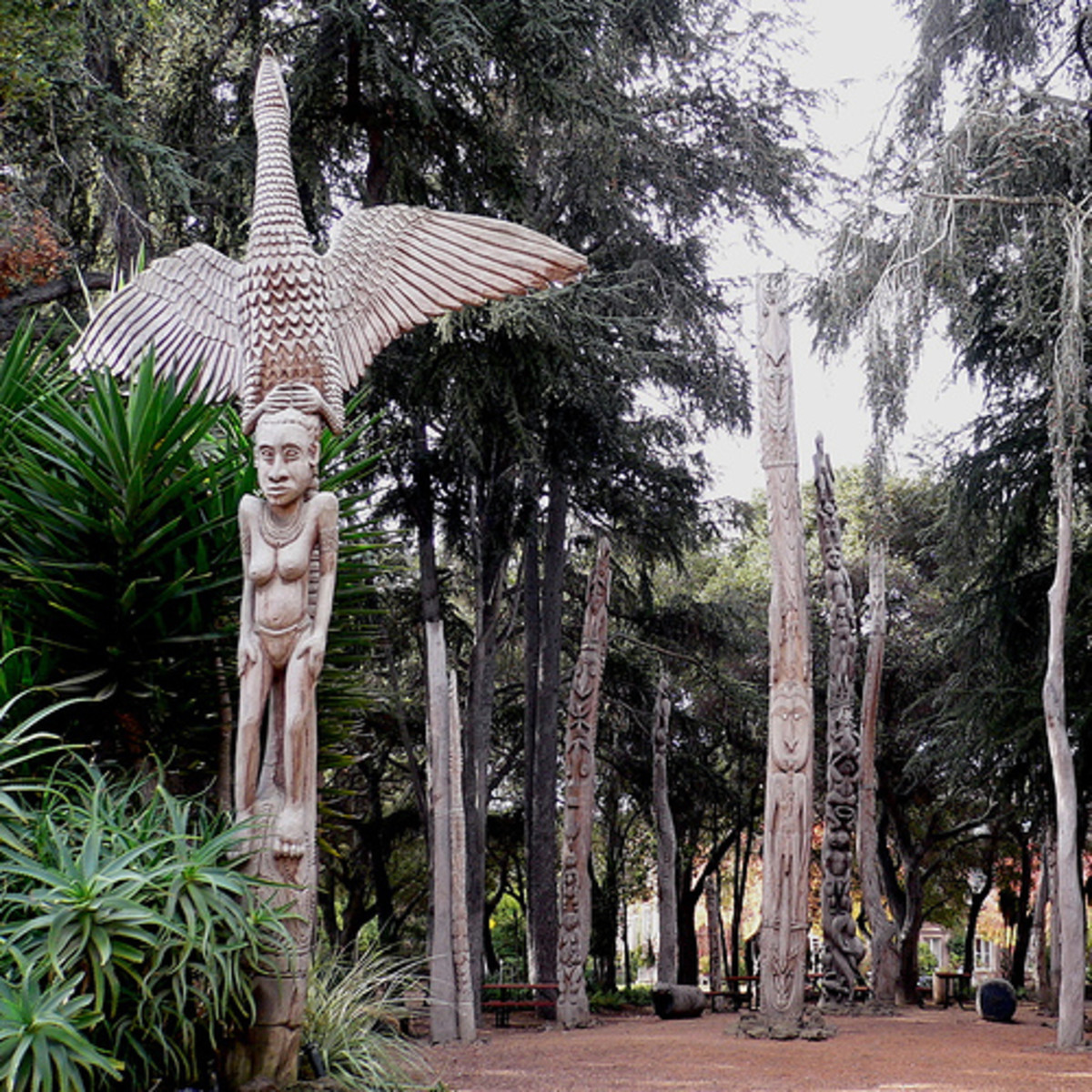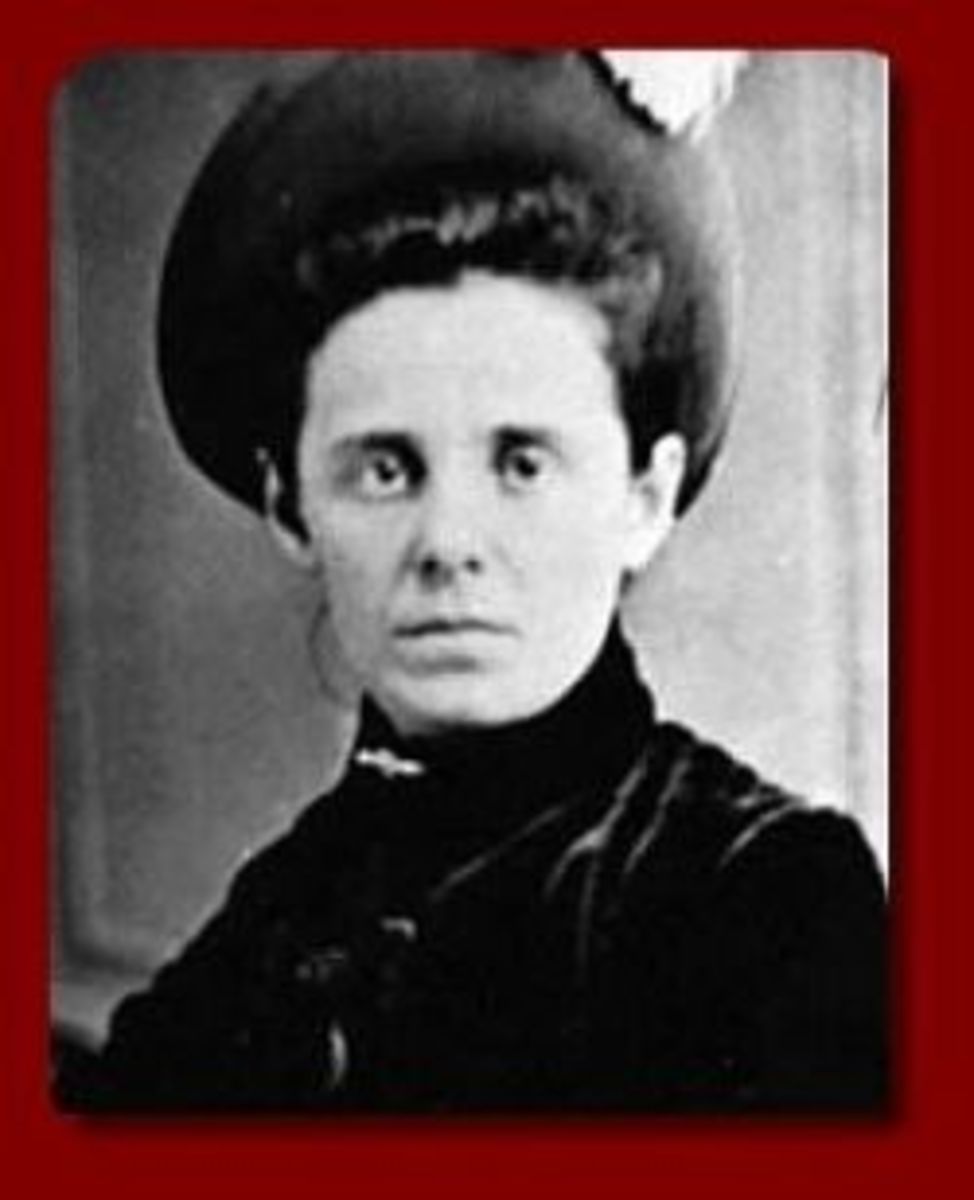- HubPages»
- Education and Science»
- History & Archaeology»
- History of the Americas
6 Cool Facts About the Aztecs of Mexico (Includes Map)

Moctezuma's Revenge?
You've probably heard of the Aztecs and their famous human sacrifices, but unless you're a history buff or have experienced Moctezuma's Revenge while on vacation in Mexico, you may not know too much about who the Aztecs really were. This article focuses on six little-known facts about how the Aztecs became who they were when the Spanish arrived for the first time.
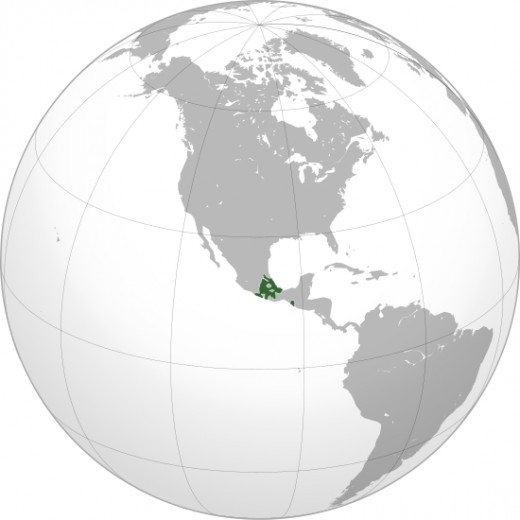
1. The Aztecs weren't always so cool.
Today, we think of the Aztecs as the almighty, bloodthirsty rulers of a violent empire...but the Aztecs started out as the underdog! The Toltecs were the first great civilization to establish themselves in the Valley of Mexico, and many tribes migrated to the area and adopted Toltec culture. The Aztecs were a small tribe that came in and, believe it or not, every one else looked down on them! They were lowly outsiders back then, and they settled on an unwanted island in the middle of the lake in 1325. Who knew that within 200 years when the Spanish arrived, they'd be ruling the entire area!
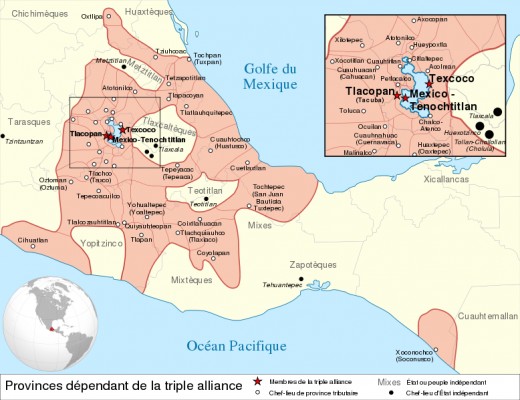
2. Tenochtitlan was a world-class metropolis.
By the time the Spanish arrived, the Aztecs ruled the area from the Gulf of Mexico to the Pacific and down into present-day Guatemala. Their capital city, Tenochtitlan, housed 1/4 million people, and was visited by governors and ambassadors from other cities. It boasted a zoo, botanical gardens, and a bustling marketplace. Nowadays, 1/4 million people may not seem like a lot, but back in the 1500's, this constituted a massive population. The Spanish who visited Tenochtitlan were in awe, as we probably would be if we could see it today.
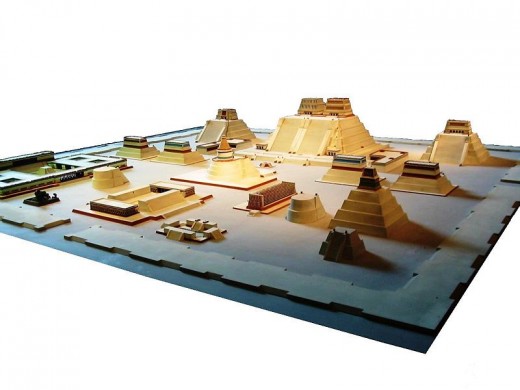
3. The Aztecs rewrote their history.
There was an important advisor to the king, named Tlacaelel, who instituted a massive reform that included destroying all Aztec records and rewriting the people's history in order to forget about their difficult beginnings. He claimed that the Aztecs had descended from Toltec nobility. They adapted old Toltec prayers to their contemporary gods, especially the sun god Huitzilopochtli. Tlacaelel convinced the royalty that the gods desired a constant stream of human sacrifices. The reputation of the Aztecs preceded them, and other states signed tribute treaties with them. However, the Aztecs did not conquer all the nearby cities, and instead engaged with them in a constant state of war so that they were always supplied with captives for their bloody sacrifices.
Awesome movie in which the Aztecs appear!


4. The Aztecs were confused by Spanish warfare
The Aztecs had a ceremonial view of battle-- they engaged in war not to kill, but to stun their enemies and bring them back to the city as hostages. Despite the fact that the Aztecs were very capable warriors, they lost against the Spanish. The Aztecs were accustomed to a formal declaration of battle, announced by the delivery of shields and arrows, and they maintained control over themselves so they would not kill their enemies. For this reason, the Spanish methods surprised and confused them.
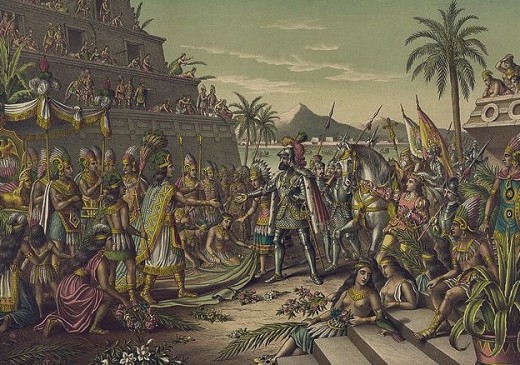
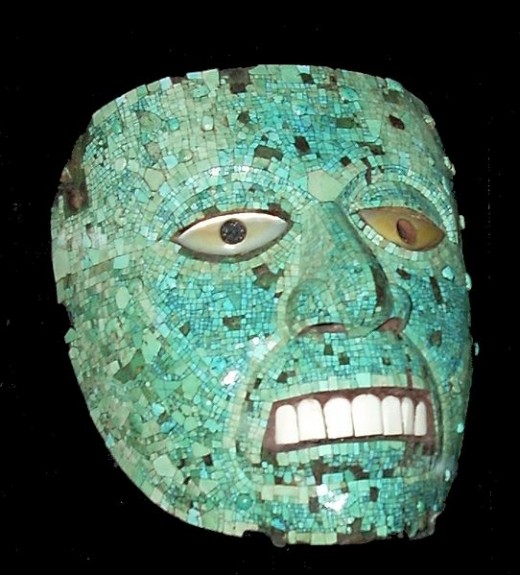
5. Aztecs nobles were well educated.
Aztec nobles received a full education in reading, writing, astrology, and theology. The common class of people were also required to send their male children to school, but they were not taught subjects of the occult, and instead received a very basic education in warfare and agriculture. These commoners were sometimes admitted to the noble schools if they showed a certain aptitude, and could also become artisans or merchants or climb the social ladder through exceptional skill in bringing in captives from battle. Intermixed with the common class were slaves, or serfs.
6. The Aztecs told the Spanish their history.
Aztec education placed great value on memorization. The Aztecs did have a written language that was pictographic and phonetic, but students were required to memorize all sorts of literature, ranging from prayers to poetry to prose.
After the Spanish destroyed most Aztec records, priests were able to record Aztec literature by writing down what the Aztec people remembered from their education.
One of many codices by Spanish priests
